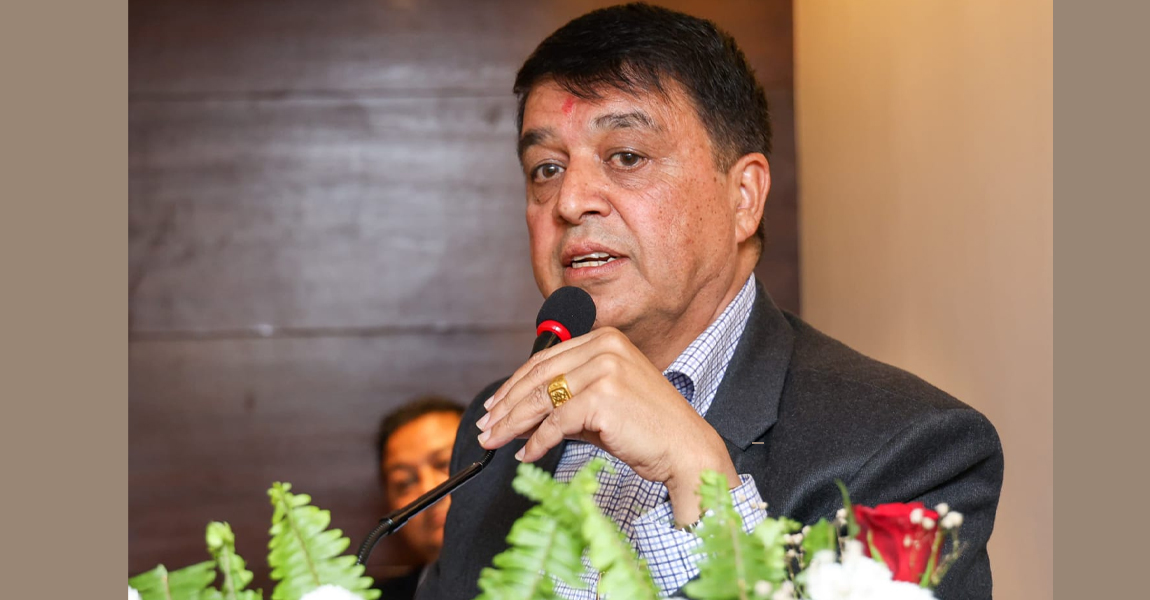
kathamandu . Chandra Prasad Dhakal, President of the Federation of Nepalese Chambers of Commerce and Industry (FNCCI), has urged all stakeholders to work collectively in branding Nepal as a premier global destination for Buddhist tourism.
Speaking at the Buddhist International Travel Mart (BITM) held Thursday in the capital, Dhakal underscored Nepal’s unique heritage as the birthplace of Lord Buddha and home to sacred Buddhist sites such as Lumbini, Tilaurakot, Ramgram, Boudhanath, and Swoyambhunath.
“This mart will be instrumental in promoting Nepali Buddhist tourist destinations at an international level and extend the stay of tourists in Lumbini,” said Dhakal, highlighting the potential for increased trade and service exchange between international buyers and local tourism entrepreneurs.
Dhakal advocated for the further development of BITM, initiated in 2019 by the Nepal Association of Tour and Travel Agents (NATTA), suggesting it should evolve into a strong international brand representing Nepal’s Buddhist tourism appeal.
He also stressed the necessity of building a cross-border Buddhist Circuit, linking Nepal’s spiritual sites with significant pilgrimage destinations in India. “If we can encourage Buddhists worldwide to visit Lumbini at least once, it could transform Nepal’s tourism landscape,” Dhakal remarked.
Citing Lumbini’s peaceful ambiance, Dhakal said the region holds great promise for wellness tourism, especially for meditation and mindfulness retreats, which are increasingly sought after by international tourists seeking spiritual solace and relief from modern stress.
However, Dhakal did not shy away from pointing out current challenges. He emphasized the need for the effective operation of Gautam Buddha International Airport, which despite major investment, has been plagued by operational delays. He also expressed concerns over limited connectivity and high airfare costs, partly due to VAT imposed by the government on tickets.
To further elevate Nepal’s tourism sector, Dhakal called on the government to enhance the Nepal Tourism Board’s capacity, improve Nepal Airlines’ competitiveness, and streamline immigration processes to facilitate international conferences and meetings.
Recognizing the growing Indian middle-class population near the Nepal border, he also proposed revisions to currency regulations to allow Indian tourists greater financial flexibility when entering Nepal.
In conclusion, Dhakal extended an open invitation to foreign investors, urging them to explore opportunities in Nepal’s hotel, resort, and cable car sectors, affirming that the Nepali private sector is ready for meaningful global partnerships.
The event witnessed the participation of national and international tourism entrepreneurs, government officials, and media representatives, all gathered with a shared vision of boosting Nepal’s visibility on the global Buddhist tourism map.
FACEBOOK COMMENTS